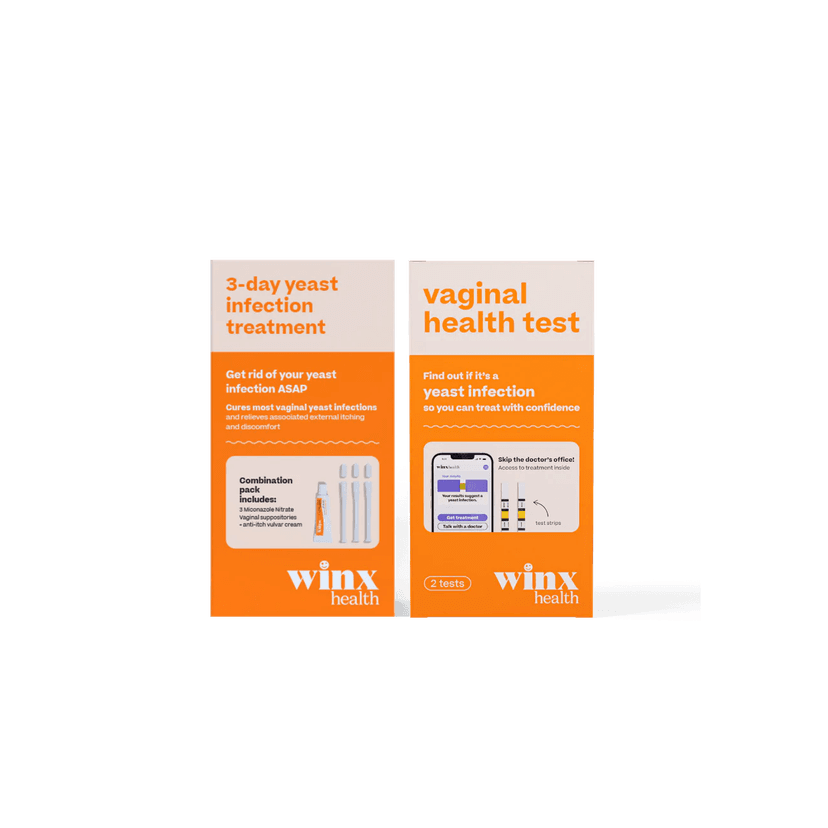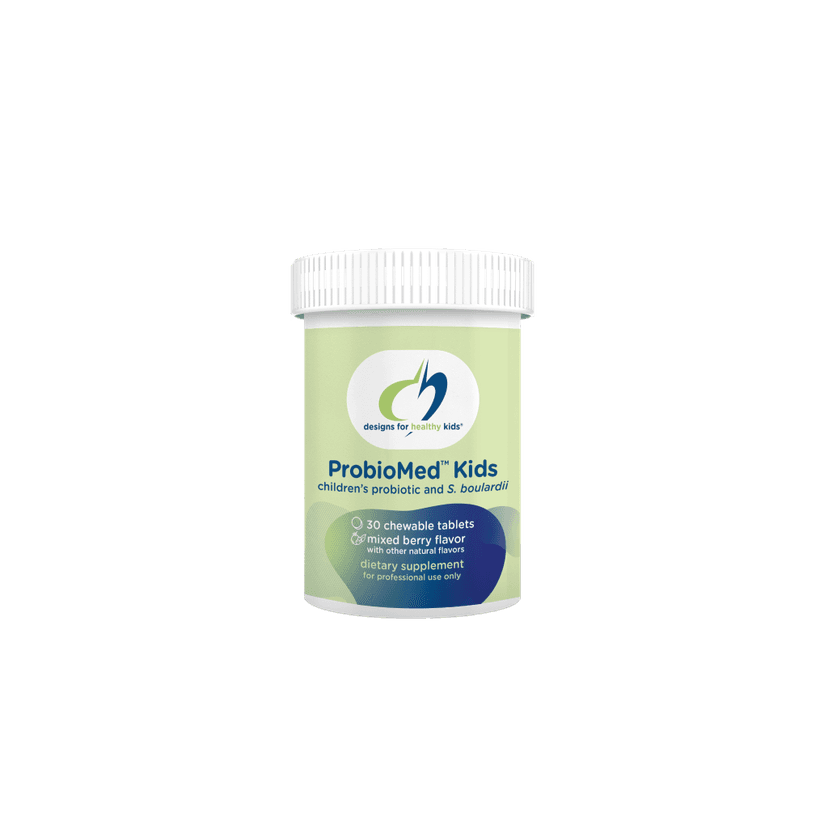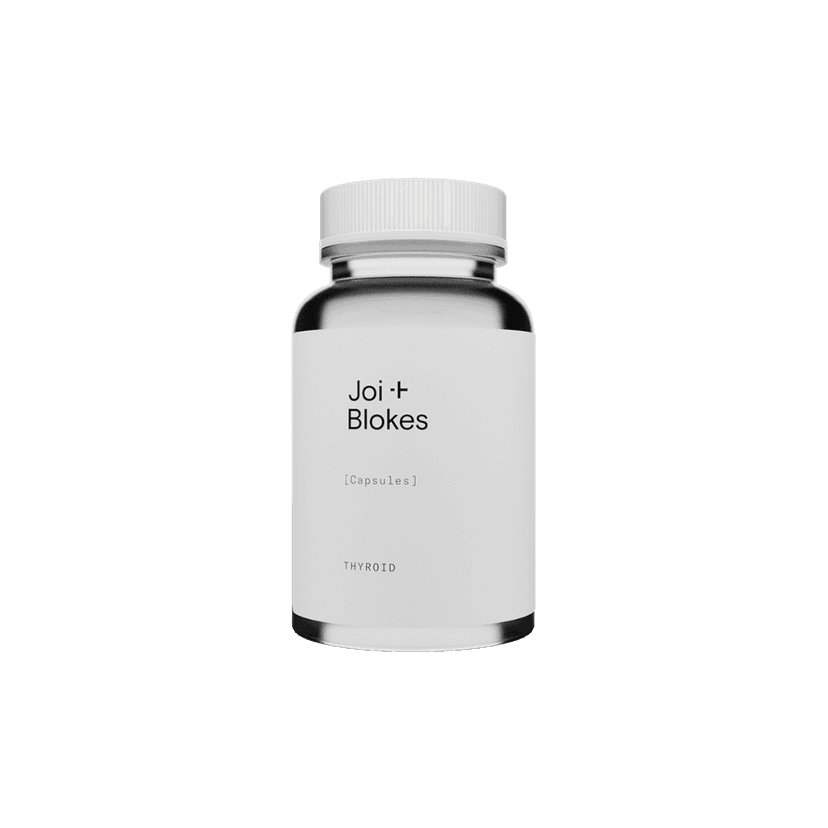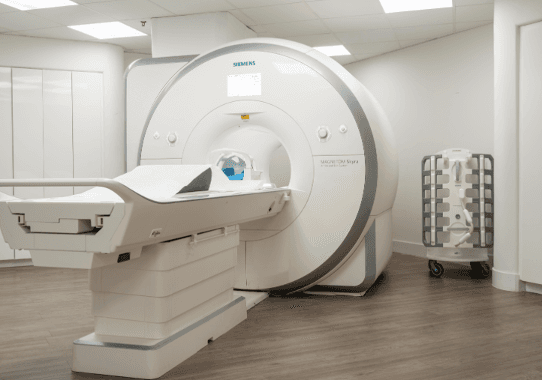The gut-brain axis is a term used to describe the communication system between your digestive system and your brain. This connection is not just a one-way street; it goes both ways. Scientists have found that the gut can influence the brain and vice versa. This relationship is important for understanding both mental and physical health.
Key Takeaways
- The gut-brain axis is a two-way communication system between the gut and the brain.
- The vagus nerve plays a crucial role in the gut-brain axis, connecting the brain to the digestive system.
- Gut microbiota can affect brain function and are linked to mental health conditions like depression and anxiety.
- Diet and nutrition, including probiotics and prebiotics, can influence the gut-brain connection.
- Understanding the gut-brain axis can help in managing various diseases, including neurological, gastrointestinal, and psychiatric conditions.
Understanding the Gut-Brain Axis
Definition and Components
The gut-brain axis is a two-way communication system between the digestive tract and the brain. This connection involves a complex network of nerves and biochemicals. Experts now recognize that the gut-brain connection reshapes our understanding of neurological and digestive health. The gut is not just an organ for digestion; it plays a key role in influencing mental health.
Historical Perspective
The concept of the gut-brain axis has evolved over time. Initially, the gut was seen merely as a digestive organ. However, recent research has highlighted its significant role in mental and emotional well-being. This shift in understanding has led to new approaches in treating both neurological and digestive disorders.
Significance in Health
The gut-brain axis is crucial for overall health. It impacts various bodily functions, including mood regulation, immune response, and stress levels. Disruptions in this axis can lead to a range of health issues, from anxiety and depression to gastrointestinal problems. Understanding this connection opens up new avenues for holistic health treatments.
The gut-brain axis is not just a scientific concept; it's a vital part of our well-being, influencing everything from our mood to our immune system.
The Role of the Vagus Nerve
Anatomy of the Vagus Nerve
The vagus nerve is a large nerve that runs from your brain to your colon, physically connecting your gut to your brain. It is one of the 12 cranial nerves that begin in your cranium and travel down through your body, branching out along the way. This nerve conveys sensory information about the conditions inside your gut to your brain and sends motor signals from your brain to your gut.
Functions in the Gut-Brain Axis
The vagus nerve plays a crucial role in carrying signals between the gut and brain. It mediates various reflexes that operate within your gut in response to changing conditions, like chemical changes or the presence of food. These are called vagal reflexes. Intrinsic vagal reflexes operate within your enteric nervous system without involving your brain, while extrinsic reflexes involve communication between your enteric nervous system and central nervous system.
Clinical Implications
Research involving both animals and people has found that the vagus nerve is important in the gut-brain axis and its role in stress. The gut microbiome, which produces substances that can influence mood, is also involved in this process. Understanding the vagus nerve's role can help in developing treatments for various conditions, including stress-related disorders and gastrointestinal diseases.
The vagus nerve is a key player in the gut-brain axis, influencing both physical and mental health through its extensive network and communication pathways.
Impact of Gut Microbiota on Brain Function
Microbiota Composition
The gut is home to trillions of microorganisms, including bacteria, viruses, and fungi. These microorganisms, collectively known as the gut microbiota, play a crucial role in maintaining health. The composition of the gut microbiota can influence brain function and behavior. A balanced microbiota is essential for proper communication between the gut and the brain.
Mechanisms of Interaction
The gut microbiota interacts with the brain through several pathways:
- Neurotransmitter Production: Gut microbes produce neurotransmitters like serotonin and dopamine, which can affect mood and cognition.
- Immune System Modulation: The gut microbiota can influence the immune system, which in turn can impact brain function.
- Metabolite Production: Microbes produce metabolites that can cross the gut barrier and affect brain activity.
Effects on Mental Health
Research has shown that an imbalance in gut microbiota, known as dysbiosis, is linked to mental health conditions such as anxiety and depression. Studies suggest that restoring a healthy gut microbiota can improve symptoms of these conditions. This highlights the potential of targeting the gut microbiota for mental health therapies.
The gut-brain axis is a complex and dynamic system, with the gut microbiota playing a pivotal role in influencing brain function and mental health.
Nutritional Influences on the Gut-Brain Axis
Dietary Components
The foods we eat can have a significant impact on the gut-brain axis. Certain nutrients can directly affect brain function and mood. For example, omega-3 fatty acids, found in fish, are known to support brain health. Similarly, vitamins and minerals like B vitamins, iron, and magnesium play crucial roles in brain function.
Probiotics and Prebiotics
Probiotics are live bacteria that are beneficial for gut health, while prebiotics are types of fiber that feed these good bacteria. Including both in your diet can help maintain a healthy gut microbiota, which in turn supports brain health. Foods like yogurt, kefir, and fermented vegetables are rich in probiotics, while foods like bananas, onions, and garlic are good sources of prebiotics.
Nutritional Interventions
Nutritional interventions can be a powerful tool in managing and improving the gut-brain axis. This can include dietary changes, supplements, and even specific eating patterns. For instance, a diet rich in fruits, vegetables, and whole grains can promote a healthy gut microbiota and improve mental well-being. On the other hand, diets high in processed foods and sugars can negatively impact both gut and brain health.
A balanced diet not only nourishes your body but also supports a healthy gut-brain connection. Making mindful food choices can lead to better mental and physical health.
The Gut-Brain Axis in Disease and Disorders
The gut-brain axis plays a significant role in various neurological disorders. Conditions like Parkinson's disease and Alzheimer's disease have been linked to gut health. Research suggests that changes in gut microbiota can influence the progression of these diseases. For instance, certain bacteria in the gut may produce substances that affect brain function.
Gastrointestinal diseases such as irritable bowel syndrome (IBS) and inflammatory bowel disease (IBD) are closely connected to the gut-brain axis. Patients with these conditions often experience symptoms like anxiety and depression. This connection highlights the importance of treating both the gut and the brain to manage these diseases effectively.
Psychiatric conditions, including anxiety and depression, are also influenced by the gut-brain axis. Studies have shown that gut microbiota can affect mood and behavior. Specific microbial genes can regulate neurotransmitter activity, impacting mental health. This understanding opens new avenues for treating psychiatric conditions through gut health interventions.
The gut-brain axis is a complex and vital communication network that influences both physical and mental health. Understanding this connection can lead to better treatments for various diseases and disorders.
Future Directions in Gut-Brain Axis Research
Emerging Technologies
The future of gut-brain axis research is promising, with new technologies paving the way for deeper insights. Advanced imaging techniques and genomic sequencing are at the forefront, allowing scientists to observe interactions in real-time and at a molecular level. These tools are crucial for understanding the complex communication between the gut and brain.
Potential Therapies
As our understanding of the gut-brain axis grows, so does the potential for innovative therapies. Researchers are exploring various treatments, including:
- Probiotics and Prebiotics: These can help balance gut microbiota, potentially improving mental health.
- Dietary Interventions: Specific diets may influence gut health and, consequently, brain function.
- Pharmacological Approaches: New drugs targeting the gut-brain axis are being developed to treat neurological and psychiatric conditions.
Research Challenges
Despite the progress, several challenges remain. One major hurdle is the individual variability in gut microbiota, which makes it difficult to create one-size-fits-all treatments. Additionally, the complexity of the gut-brain axis requires multidisciplinary approaches, combining neuroscience, gastroenterology, and microbiology.
The future of gut-brain axis research holds immense potential, but it requires overcoming significant challenges and leveraging cutting-edge technologies.
Conclusion
In summary, the gut-brain axis is a fascinating and complex system that highlights the deep connection between our digestive health and mental well-being. This two-way communication network involves nerves, hormones, and even gut microbes, all working together to influence how we feel both physically and emotionally. Understanding this connection can help us make better choices for our overall health, from the foods we eat to how we manage stress. As research continues, we may uncover even more ways that our gut and brain interact, opening up new possibilities for improving our health and happiness.
Frequently Asked Questions
What is the gut-brain axis?
The gut-brain axis is the communication system between your gut and brain. It involves a network of nerves and chemicals that send signals back and forth.
How does the vagus nerve play a role in the gut-brain axis?
The vagus nerve is a key part of the gut-brain axis. It helps send signals between your gut and brain, influencing digestion and mental health.
Can gut health affect mental health?
Yes, gut health can impact mental health. Problems in the gut can lead to issues like anxiety and depression.
What are gut microbiota?
Gut microbiota are the tiny organisms living in your digestive system. They play a big role in your overall health, including brain function.
How can diet influence the gut-brain axis?
What you eat can affect the gut-brain axis. Foods rich in fiber, probiotics, and prebiotics can help keep this connection healthy.
Are there any diseases linked to the gut-brain axis?
Yes, several diseases are linked to the gut-brain axis, including neurological disorders, gastrointestinal diseases, and psychiatric conditions.
























